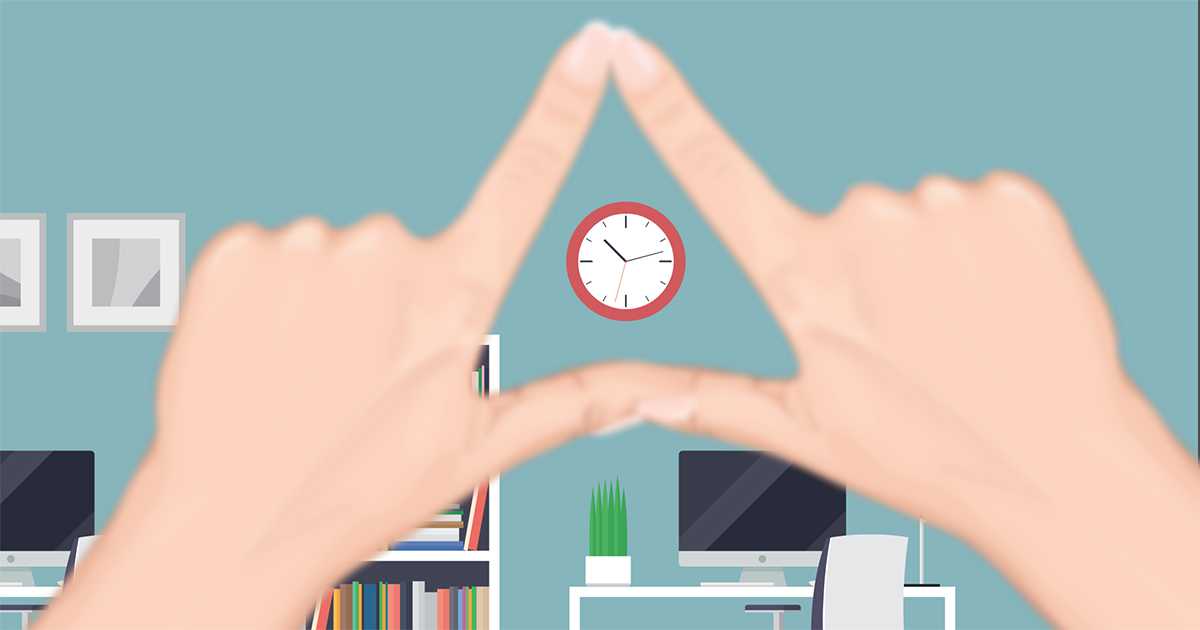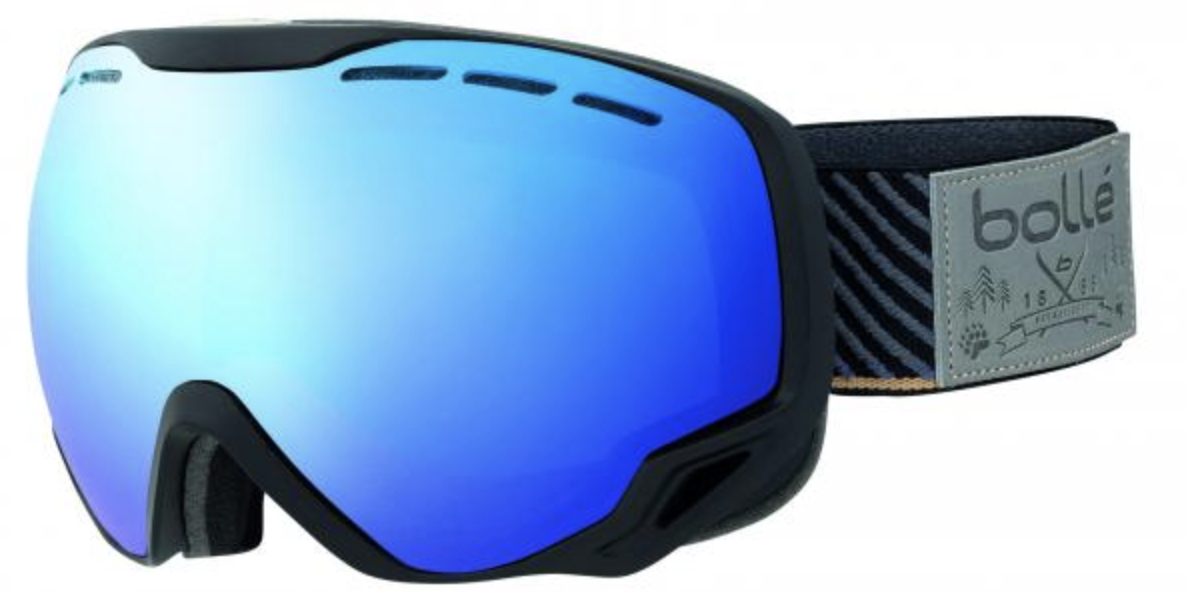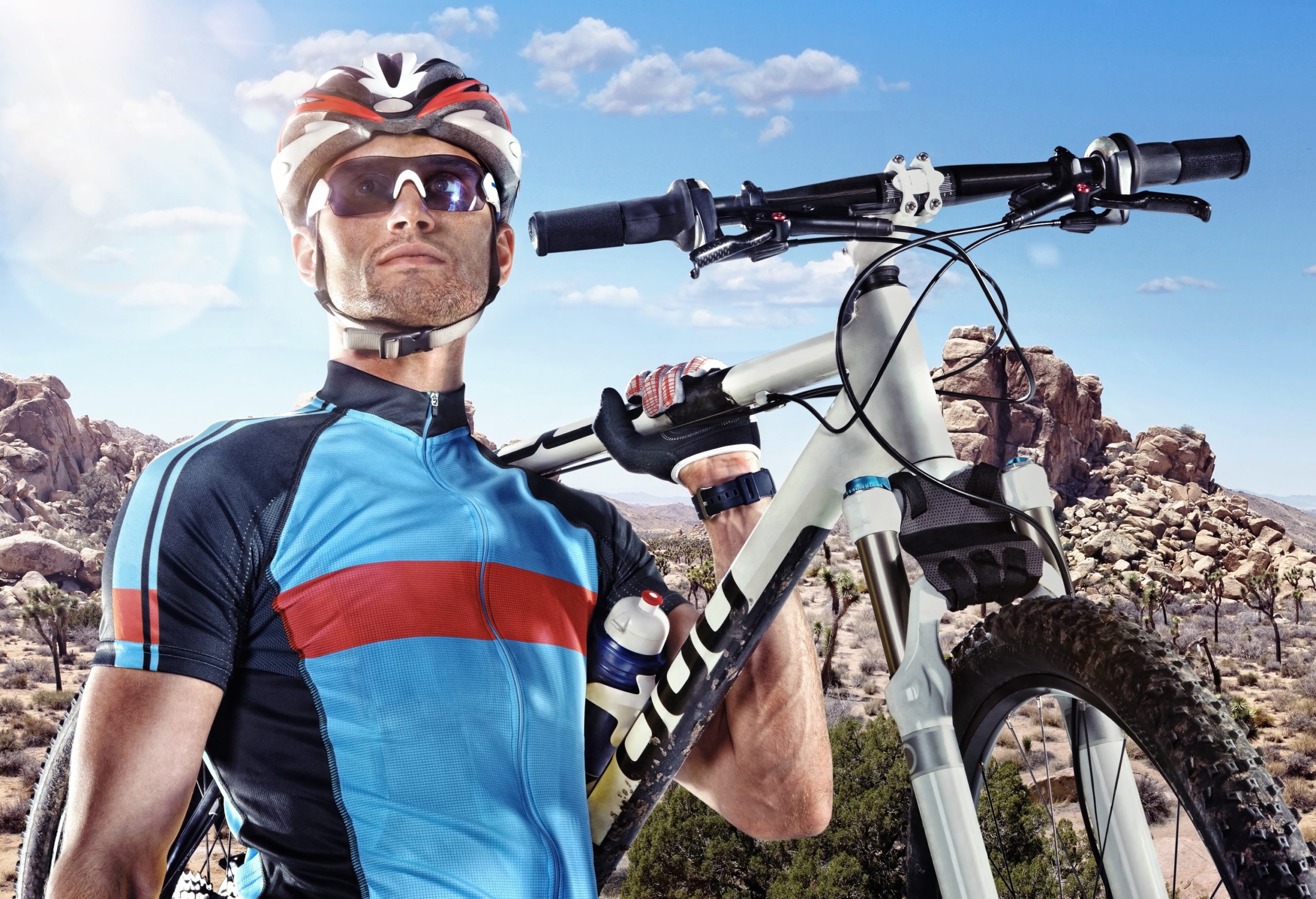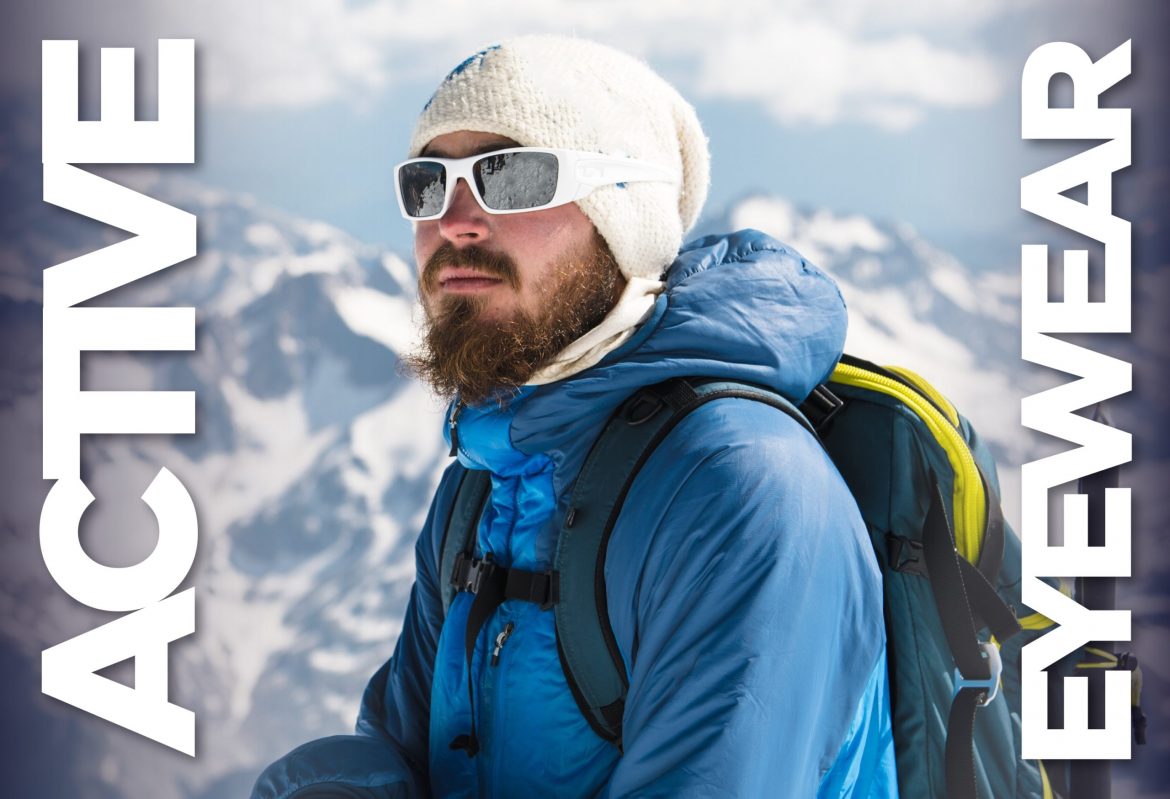
Eighty percent of perceptual input comes from the eyes during a sporting activity, according to International Sports Vision Association.
For both the casual and professional athlete, good vision is key in maximizing sports performance. Wearing the right protective eyewear is equally important. Let’s take a look at vision and sports performance and how active eyewear factors into the equation.
Vision testing for the athletes
If you’re a serious athlete, you know high-quality vision is vital to upping your game. What you may not know is there’s a way to test and train your vision specifically with the goal of enhancing your sports performance.
In sports, the following are important for peak performance:
- Peripheral vision—to anticipate where opponents and teammates are on the court (as in basketball)
- Visual acuity—to track where the ball is going (as in football)
- Hand-eye coordination—to hit a fast-moving pitch or target (as in baseball or archery)
- Depth perception—to judge distance (as in golf)
- Contrast sensitivity—to discern a mogul, for instance (as in skiing and snowboarding)
In Sports Vision Tests and Training, Donald S. Teig, OD, FAAO writes,“It has been proven time and time again that maximizing the visual proficiency of athletes is the greatest contributing factor to their improved playing success.”
There are several tests available specifically designed to measure eyesight for the sole purpose of enhancing sports performance, including:
Eye dominance
Just as you have a dominant hand, you also may have a dominant eye. Your dominant eye is the eye that relays information to your brain with slightly more accuracy than your non-dominant eye. This can allow you to more accurately gauge where objects are located in space.
To test eye dominance, one method is to form a triangle with your thumbs and forefingers and extend your arms out in front of you. Keeping both eyes open, focus on an object in the distance like a tree or a clock. Close your right eye. If the object remains centered in your hands, your left eye is your dominant eye. If the object is no longer centered, your right eye is your dominant eye.

Another eye dominance test is called the Dolman method. With the Dolman method, you are asked to focus on an object as it moves closer. When one of your eyes loses focus, the other eye is considered dominant.
Ocular alignment
An ocular alignment test determines how well your eyes work together. This can be done using the Hirschberg test, which determines how light is reflected off the cornea. Another method is to cover one eye while the other is exposed to visual stimuli. How the open eye responds determines ocular alignment. The test is then repeated with both eyes open.
Eye tracking
An eye-tracking test typically requires you to follow objects as they move and rotate on a computer screen.
Depth perception
A depth perception test can be performed online by holding your finger in front of a green dot. Depth perception is measured by what you see when you focus on the green dot and what you see when you focus on your finger.
Contrast sensitivity
One common contrast sensitivity test is the Pelli-Robson test, which uses a chart with letters displayed in varying contrasts. The letters grow lighter in decreasing order.
Another contrast sensitivity test is called sine-wave grating. A chart containing fuzzy parallel lines in varying shades is a more detailed way to measure how well you can see contrast between objects.
Hand-eye coordination
To test hand-eye coordination, your eye doctor may ask you to bounce a tennis ball off a wall and alternate catching hands for a period of 30 seconds. The number of successful catches determines hand-eye coordination.
Standard vision
A standard eye exam in which you read letters on an eye chart can help determine visual acuity, as well as detect whether any sort of eye problem such as a refractive error or near- or far-sightedness may be present. Issues such as these won’t sideline your sports career and can be easily fixed with the right type of active eyewear.
Types of active eyewear
It’s possible to train your eyes for better sports performance. The eye-tracking test, for instance, can also be used as a training tool. However, when corrective action is still needed, you have options.
Goggles
Goggles are an excellent active eyewear option, especially for skiers. They can help prevent snow blindness, a common condition that occurs when the cornea is overloaded with UV rays and temporary vision loss, headaches, and blurry vision can result.
Wearing the right goggles can also help improve contrast sensitivity, which benefits skiers, as well as tennis and baseball players when the ball fades into the background.

EZContacts offers a variety of ski and snowboard goggles by Bolle.
Sunglasses

Sunglasses can help with contrast sensitivity, as well as help reduce glare. Finding sunglasses with the right tint are the best way to optimize performance. Sunglasses with a yellow tint, for instance, are helpful in tennis, while sunglasses with a copper tint can help golfers pick out a white golf ball against the fairway or as its soaring through the sky.
To reduce glare, look for polarized lenses with an anti-reflective coating. The anti-reflective coating is applied to the back of sport sunglass lenses and help reduce glare when the sun is at your back.

Learn more about your anti-reflective coating options here.
Another popular option among athletes are transition lenses, also known as photochromic lenses. These types of glasses, as the name implies, darken and lighten according to how dark or light your surroundings are. They’ll lighten when under the shade of a tree and darken again when you step into the bright sunlight.
Eyeglasses
It is generally ill-advised to wear everyday eyeglasses while participating in a sporting activity. That’s why it’s important to have a pair of eyeglasses specifically designed for use during your sport.
The lenses in sports eyeglasses are typically made of polycarbonate, making them more durable than regular prescription eyeglasses. Polycarbonate lenses can take a hit and provide protection from UV rays. These lenses are also coated making them scratch-resistance as well.
The frames on sports eyeglasses are also designed for durability. Many contain padding between the glasses and your face to withstand contact. They are also constructed using plastics able to withstand high levels of wear and tear. For sports where the elements are a factor, like sailing or cycling, eyeglasses that wraparound the face are ideal for keeping out wind, water, and debris.
Contact lenses
Contact lenses are an ideal option for athletes who are looking for increased field of vision. Contact lenses also allow for better peripheral vision and reduce the risk of injury. They offer wider compatibility with other sports equipment like a catcher’s mask or ski goggles, and they allow for more vision stability, unlike eyeglasses, which can move around or fall off your face.
If you’re interested in having your vision tested with the goal of enhancing your performance on the football field, ski slopes, bike trail, or golf course, consider seeing an eye doctor who specializes in sports vision. You’ll receive the necessary tests specific to your sport, as well as receive training tips and active eyewear to maximize your performance.

